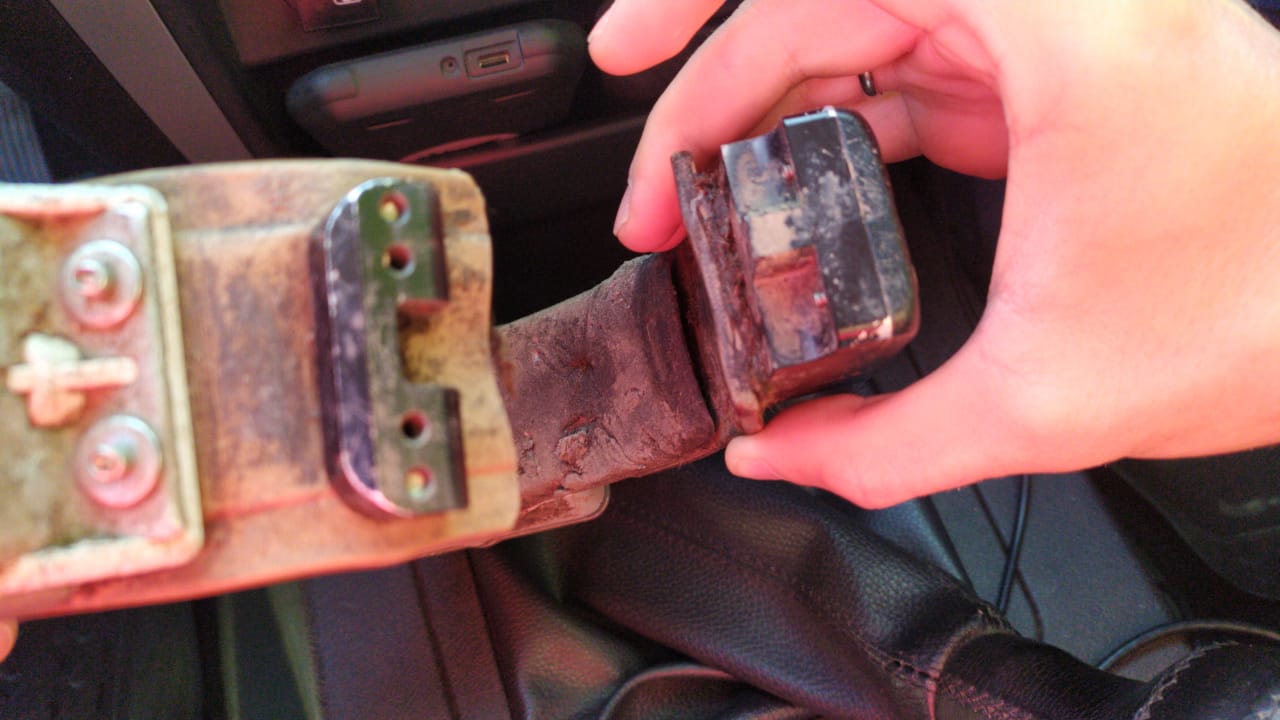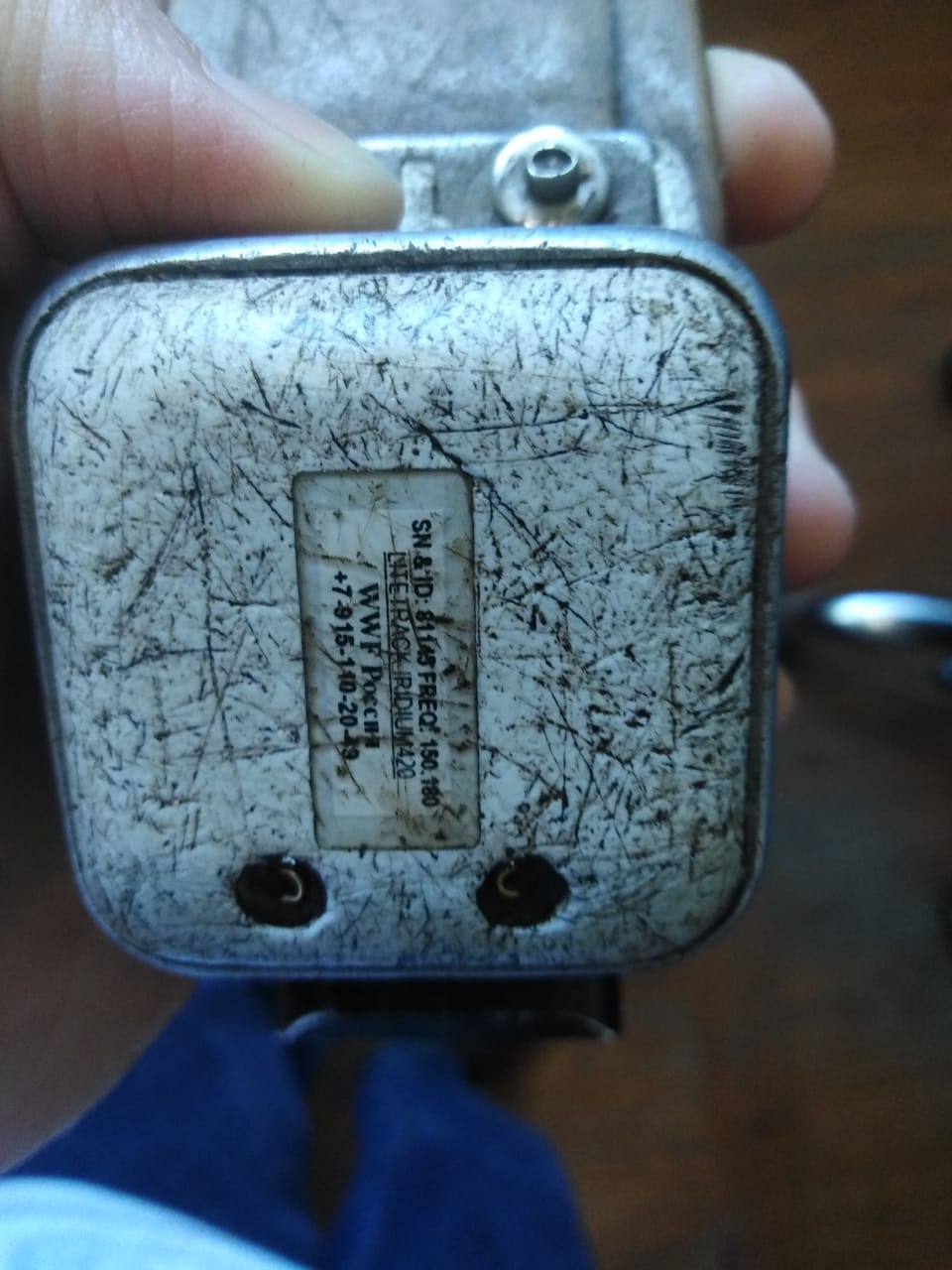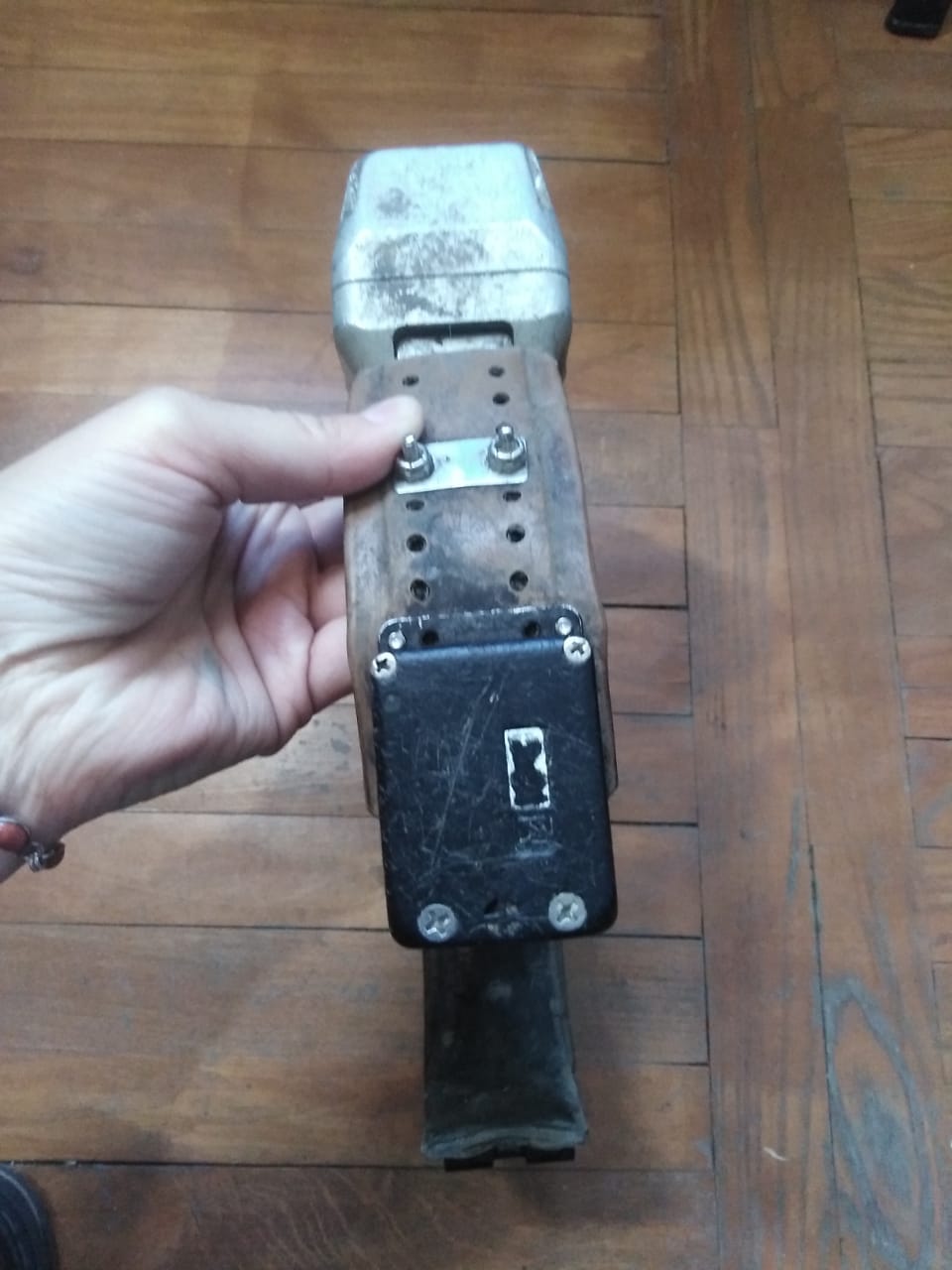
A satellite collar previously belonging to the female leopard Volna who got rid of two years after release has been found. The self-resetting system has operated on the device. The collar is suitable for future use. However, for a start, the data from two years of the leopard's life will be documented and decrypted.
Volna was released in North Ossetia on the territory of the Alania National Park in 2018 as part of the Leopard Restoration (Reintroduction) Program in the Caucasus, developed by experts from the World Fund for Nature and the A.N. Severtsov Institute of Ecology and Evolution RAS (IEE RAS) in 2005. Thanks to the satellite collar, which is put on each leopard before being released into nature, scientists were able to observe the movement of the predator and record cases of successful hunting. According to the monitoring results, it can be said that the female has adapted to life in the wild perfectly.

The satellite collar was found on October 7, 2020 in the Urvan region of the Kabardino-Balkarian Republic by the inspector of the Hunting Department of the Ministry of Natural Resources of the KBR Amirkhan Mazikhov and promptly transferred through the head of the Department, Marat Chechnov, to World Fund for Nature Russia.
It is difficult to say when exactly the self-resetting of the device worked, but it is worth noting that, despite its appearance, after two years of operation in extreme conditions, the device is in a satisfactory condition and can be reused. In addition, the find is of great importance to scientists and the Central Asian Leopard Restoration Program as a whole. In the near future, specialists from the IEE RAS will decipher the data from the collar, which it has been collecting for two years. “In addition to the complete track of the animal's movement, the collar will provide information about its activity at every minute of time, i.e. it will become clear whether Volna was running, sitting still, walking calmly, etc. Thanks to this, scientists will have access to unique data on the behavior of the animal at different terrain and altitude. An analysis of all the data will give a more complete picture of the animal's life for a sufficiently long time after release”, explains Valery Shmunk, Director of the World Fund for Nature Representation in the Russian Caucasus ecoregion.

“Collar self-resetting has two important functions. First, it saves the animal from wearing an already inoperative device. It also allows us to directly receive data that is too "heavy" for transmission via satellite, such as measurements of acceleration sensors along three axes. They show in detail the precise activity of the animal and will allow, when decoding, to determine the rhythm of the leopard's life, and this makes it possible to assess changes in the energy consumption of the leopard in different seasons - the snowless period and the winter. It is very interesting. Volna’s collar was programmed to reset on 06/30/2020. If there is no serious damage done to it, then decrypting the data will not be a long procedure for us, and we are looking forward to its results - commented Jose Antonio Hernandez-Blanco, senior researcher at the A.N. Severtsov Institute of Ecology and Evolution of the Russian Academy of Sciences.
The program for the restoration of the Central Asian leopard in the Caucasus is being implemented by the Ministry of Natural Resources of Russia with the participation of the Sochi National Park, the Caucasian Reserve, the World Fund for Nature, the A.N. Severtsov Institute of Ecology and Evolution of the Russian Academy of Sciences (IEE RAS), A.K. Tembotov Institute of Ecology of Mountain Territories RAS, Moscow Zoo, with the assistance of the International Union for Conservation of Nature (IUCN) and the European Association of Zoos and Aquariums (EAZA). VTB Bank provides financial support for the monitoring of the Central Asian leopard in the Caucasus. In North Ossetia, RusHydro provides financial support for the population recovery program.
Topical materials:
North Caucasus portal: "Leopard Female Volna Escaped Surveillance in the KBR Mountains"
